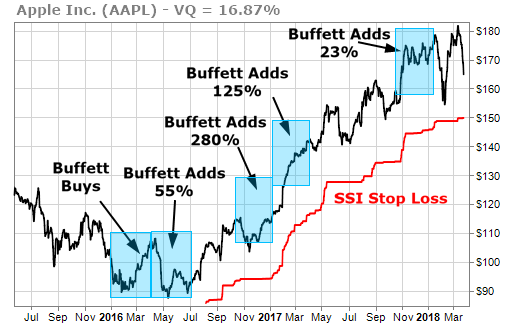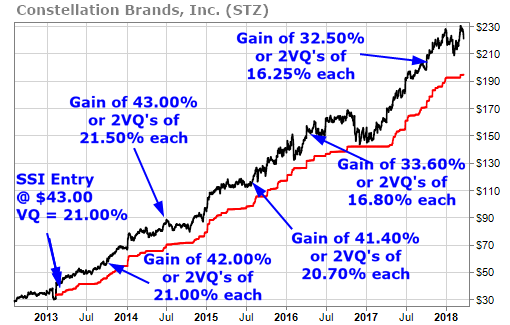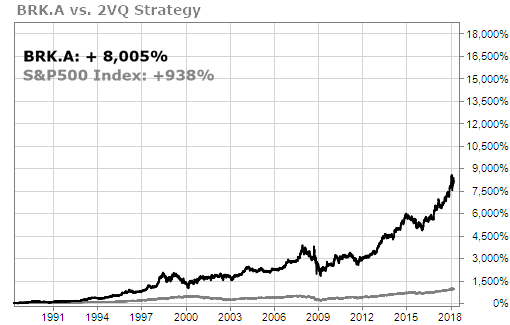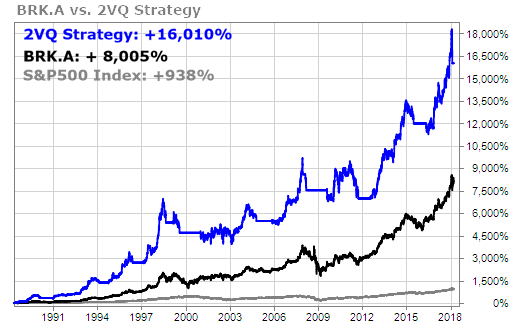The secret to Buffett’s success long-term is no secret to TradeStops subscribers.
What does Buffett do? He doubles up on his winners! He buys more shares of a winning stock as it moves higher.
Unfortunately, many investors do the exact opposite of what Buffett does – they double down on their losers – and then they wonder why they’re not as successful as Buffett.
Over the past 18 months, Buffett has been increasing his holdings in Apple Inc (AAPL). Buffett first started buying AAPL nearly 2 years ago… and has increased his position nearly 4-fold while AAPL has moved higher.
Take a look.

- The market is just slow to catch on to my great idea;
- I did all the research, and I know I can’t be wrong;
- The stock is cheaper now, and it won’t take much of a move up to get back to break even;
- I’ll just wait a little longer to see what happens.
When we look at these reasons in writing, they seem silly. Yet, investors will do almost anything to rationalize sticking with a losing position. There are also similar rationalizations for why we are reluctant to add to a winning position.
In late 2016, I presented an idea that seemed so radical at the time, we were inundated with member emails. The title of the article was “Doubling Up on Your Winners.” The idea behind it was quite simple – instead of doubling up on your losers, just double up on your winners.
To do this, we would add to our position after every increase in price by 2 Volatility Quotient (VQ) units. If a stock has a VQ of 20%, then we would add to our position after the stock had risen by 40%.
Below is an example of the 2-VQ strategy applied to Constellation Brands (STZ). Each time you buy some STZ you take note of what the current VQ is. When STZ rises 2 * VQ percent, you buy some more STZ, note the current VQ then, and wait for STZ to rise another 2 * VQ percent before you buy even more.
Here’s how that looks on a chart of STZ.

We went back almost 30 years to April 1988. Over this period of time, the S&P 500 is up almost 1000%, but BRK.A is up 8000%.

- Invest $1000 of risk in BRK.A. With the VQ at 22.3%, this means we originally invested $4484 in BRK.A.
- As the stock increased by 2 VQs, we invested another $1000 of risk at the then current VQ.
- When BRK.A hit its Stock State Indicator (SSI) Stop signal, we exited the trade and went to cash.
- When a new SSI Entry signal was triggered, we invested all of the cash into BRK.A, and then invested another $1000 of risk at each 2 VQ mark.
And here are our results. Buffett doubles up on his investments, so we doubled up on our investment in BRK.A. And in doing so, we doubled Buffett’s returns!

The takeaway? Doubling up on your winners is what Buffett does to increase his returns. You can do the same thing with your investments too.





